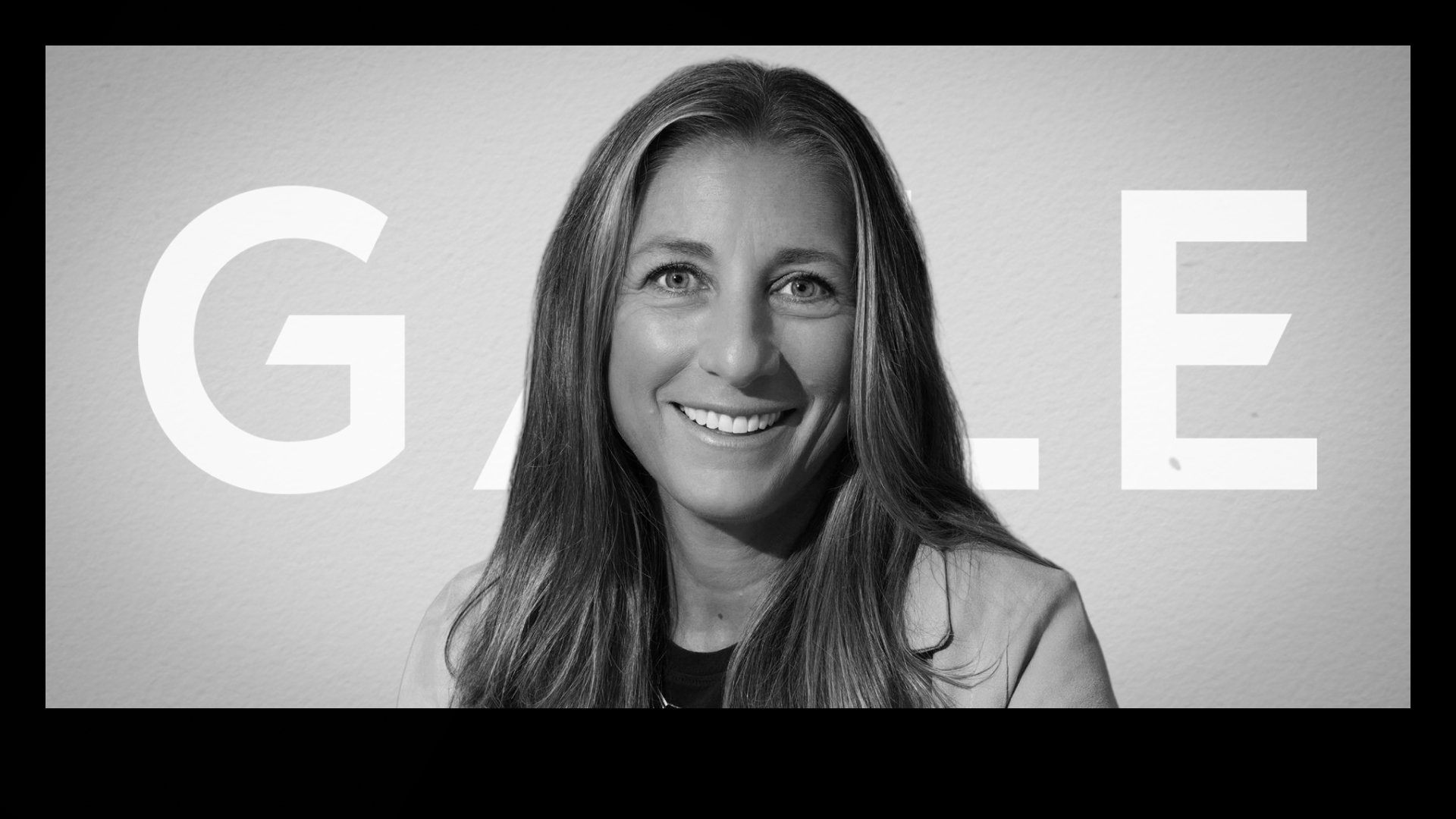GALE has six Organizational Development team members who coach our employees on professional development and career growth from the moment they join GALE. As part of their regular check-ins, four coaches met with 417 employees this spring to collaborate on their goals 1:1. This is what we learned.
- Your goal setting needs goal setting. Meeting with employees once per quarter, twice per year, or even monthly without setting expectations for the meeting will yield diminishing returns. They become easy to ignore and goal setting becomes a time sink rather than a collaborative part of someone’s career journey. Since we have tied our goal setting to key performance moments and set unique expectations for each meeting, we have seen people showing up to meetings more prepared and excited to collaborate. The first goal-setting conversation happens directly after performance reviews with the goal of incorporating feedback into actionable steps. The second goal-setting conversation happens just prior to the performance review cycle with the goal of helping our people reflect on their year, track their progress, and help them feel prepared to advocate for themselves. SMART goals need SMART goal setting.
- Trust is the process. We tackle goals in three steps. The first is during a G’s first three months. They meet 1:1 with a coach to walk through goal setting, to learn about the resources available to them, and to build a trusting relationship where we can demonstrate our investment in their career. This onboarding period is followed by twice-a-year goal setting with the same coach. The more we meet with our people, the more they trust us, the better their goals become, and the more they take advantage of our learning-and-development programs. When people are open with us, we can partner with them to navigate challenging situations, hear their pain points, identify opportunities for us as an organization, and ensure that each person is feeling engaged. We credit this to being high touch with our goal setting with a dedicated team.
- People are bad with time. This isn’t a knock on our colleagues’ ability to manage their calendar or show up to meetings. This has to do with the phrase “That will get better with time.” This phrase sends us into a tailspin. It’s passive, implies that they don’t have control over growing that skill, and diminishes their accountability for making progress. The truth is this: the skill in question will not get better with time, but it will get better with experience. Experiences can be sought out, they can be tracked, they can be asked for. Whenever we hear “That will get better with time,” we reframe the question to “What needs to happen within that time to demonstrate progress?” Once we start identifying the experiences, opportunities, or wins, we can begin to create an action plan.











